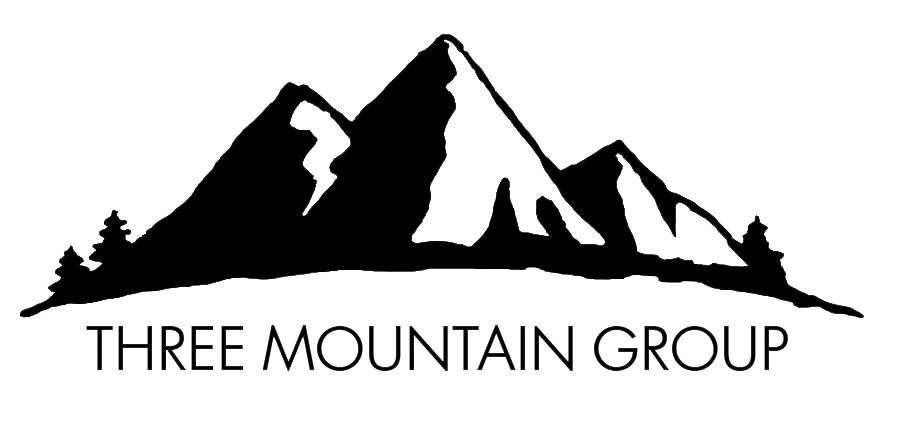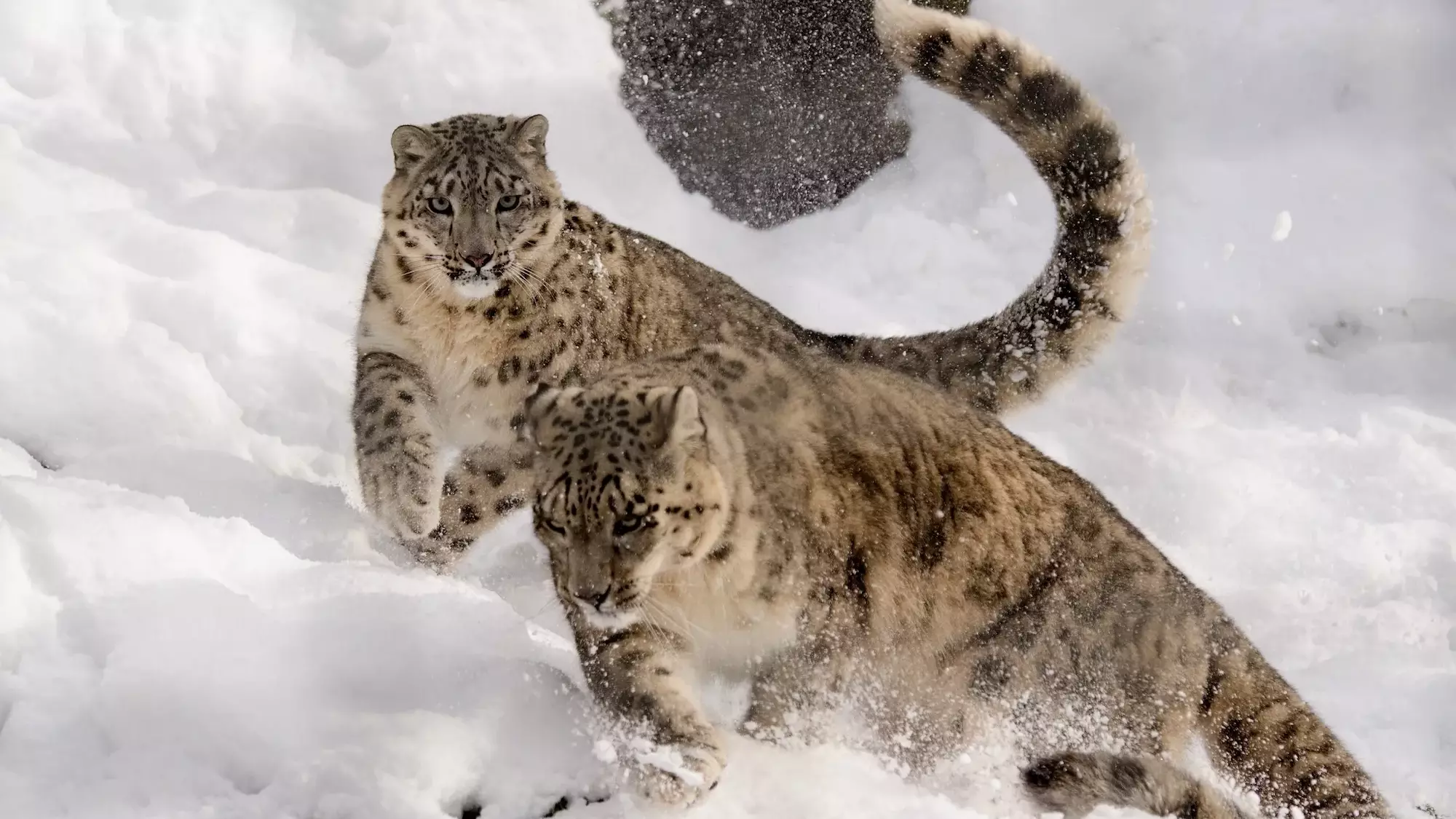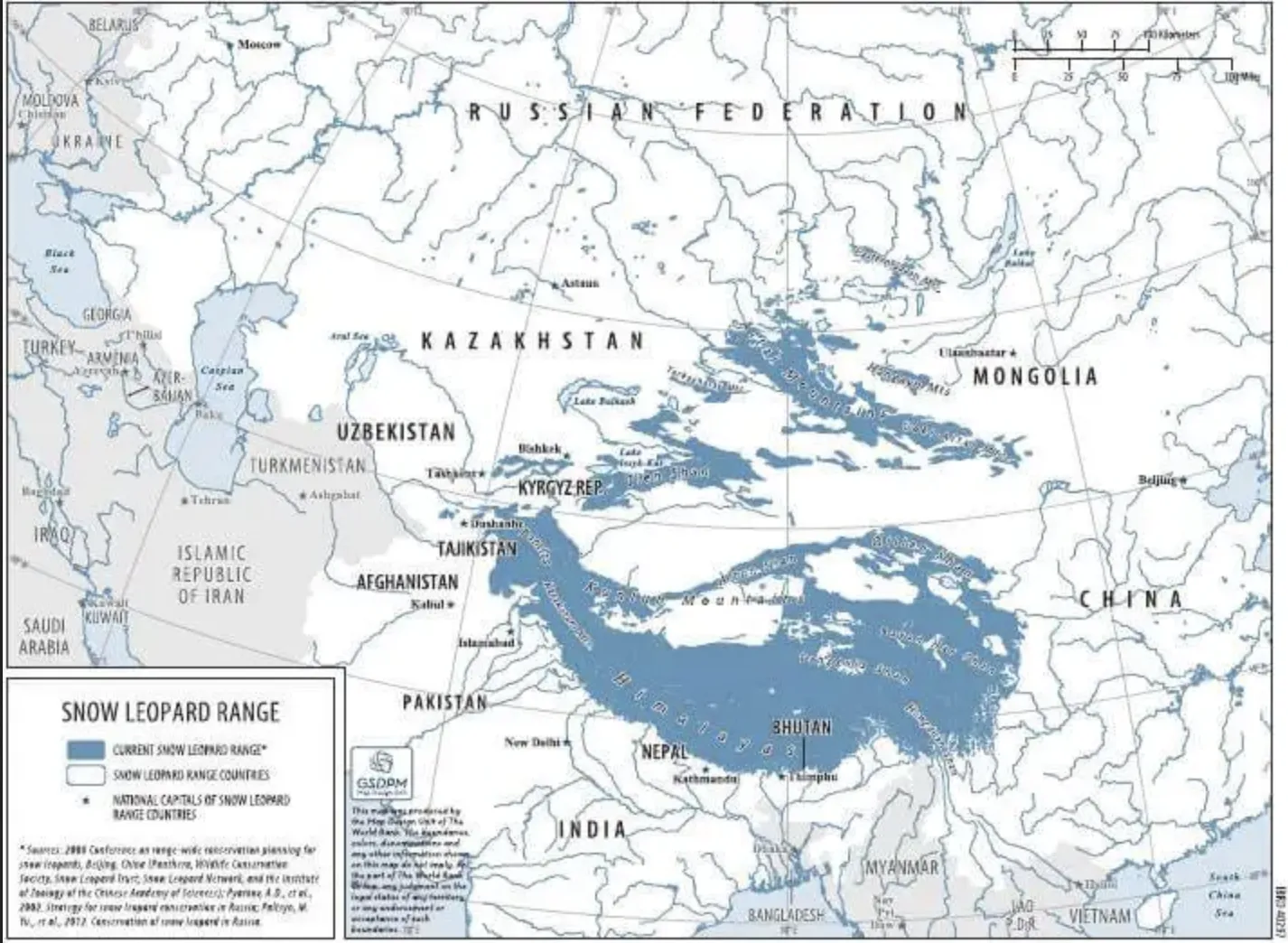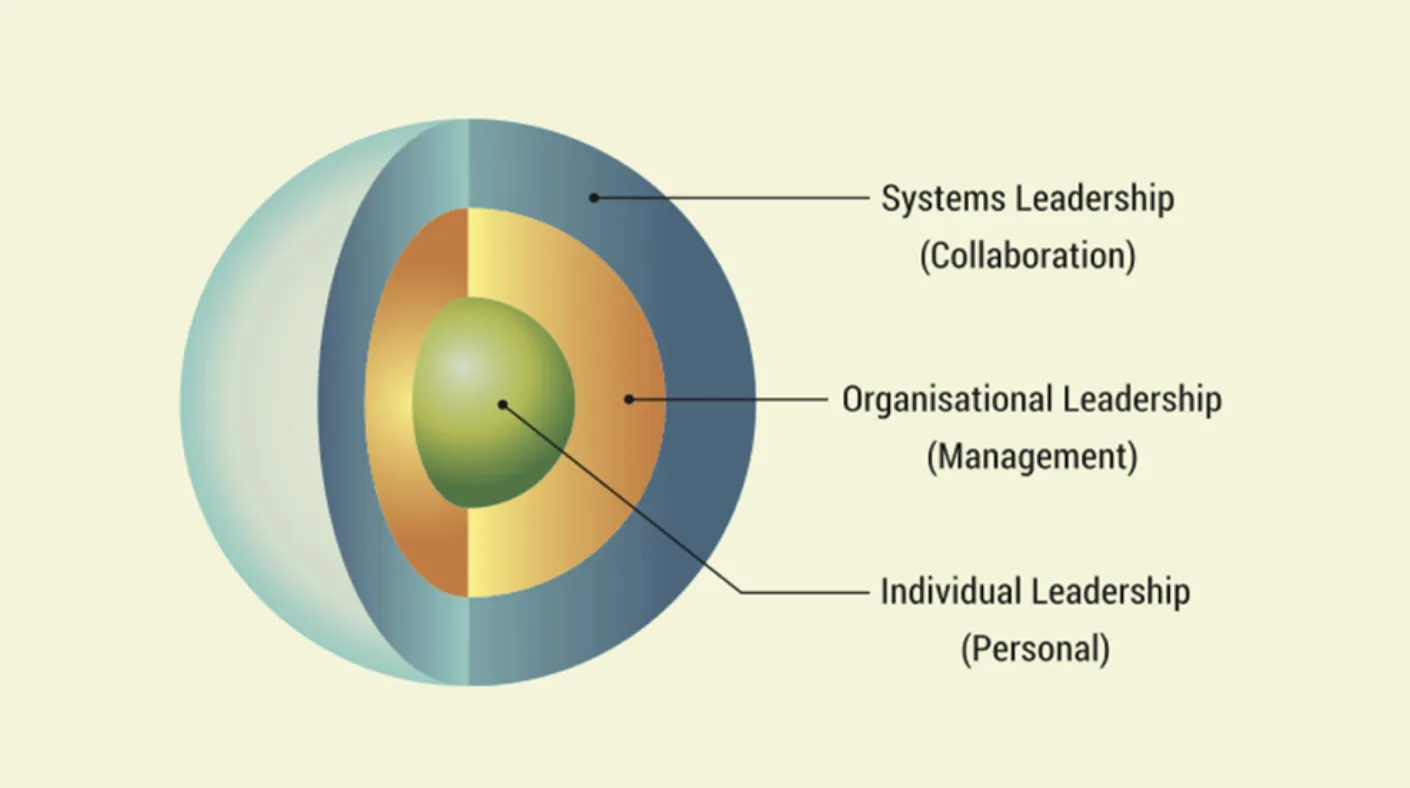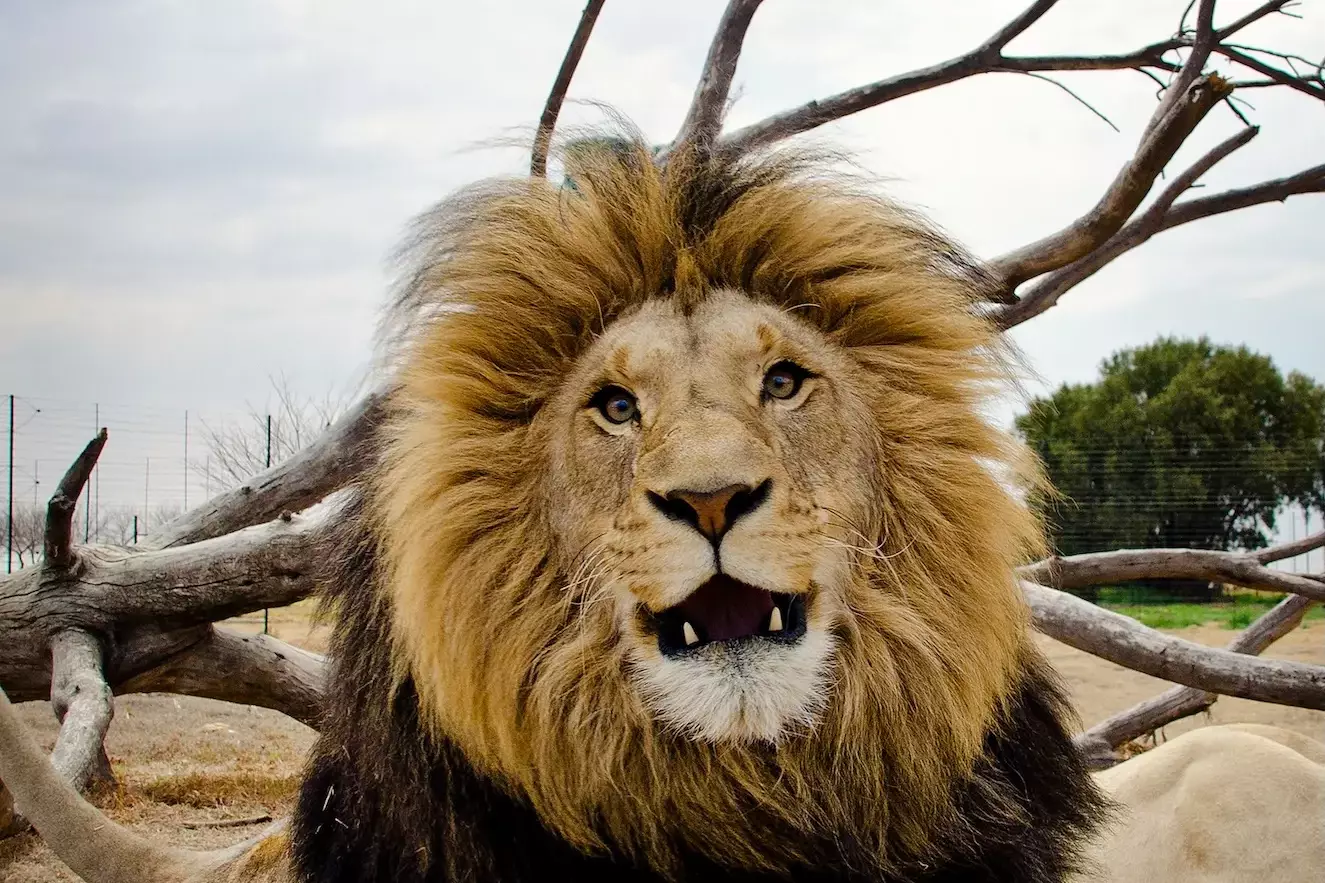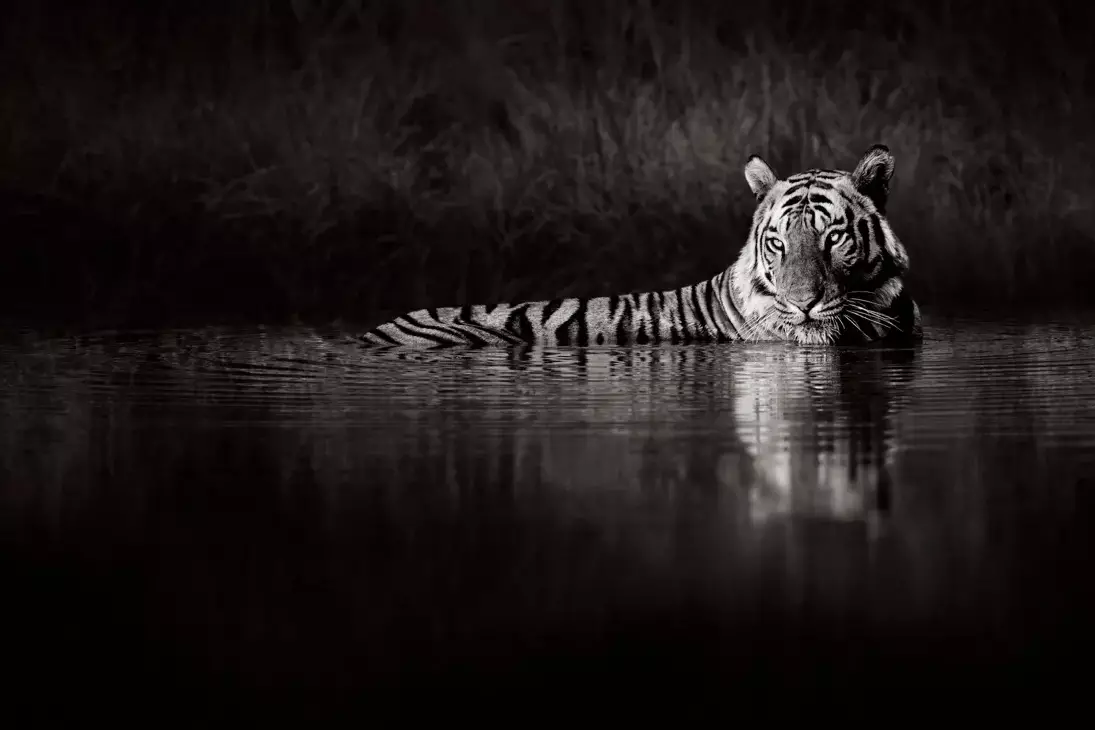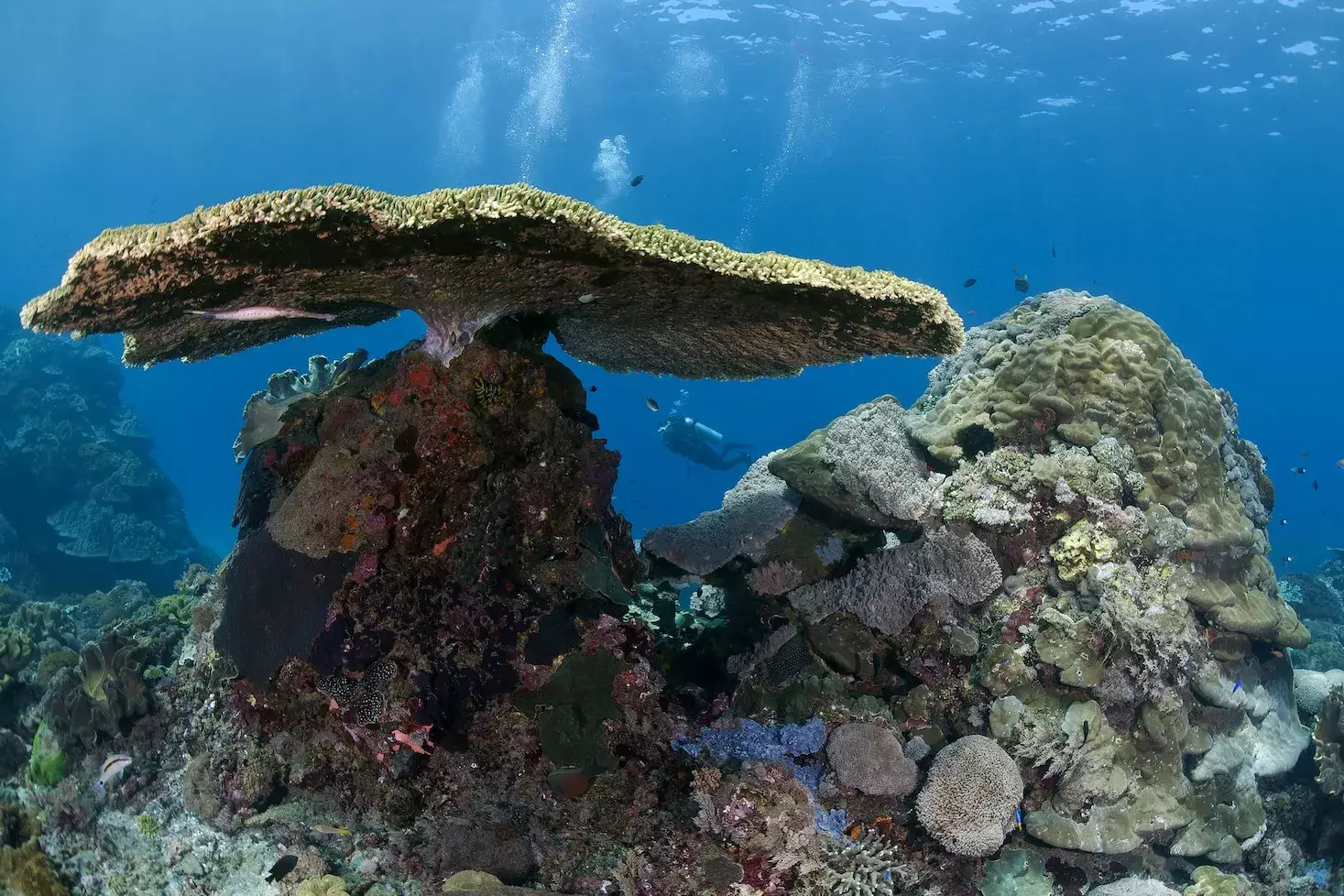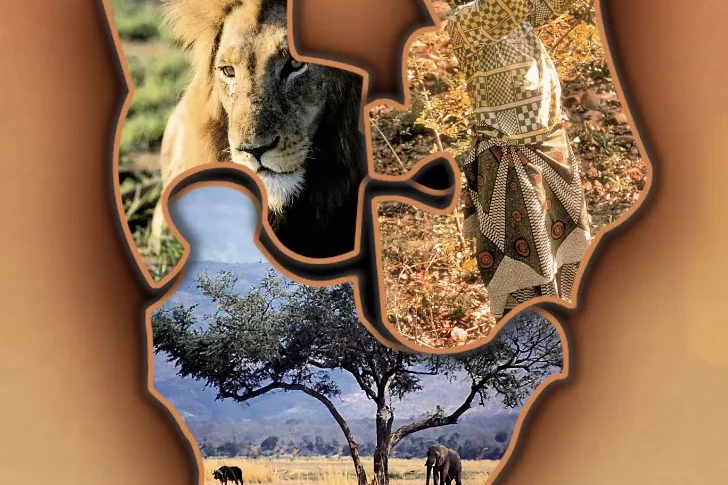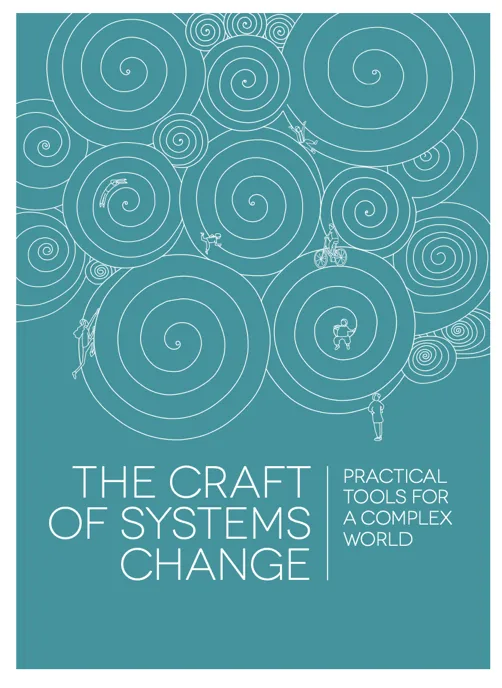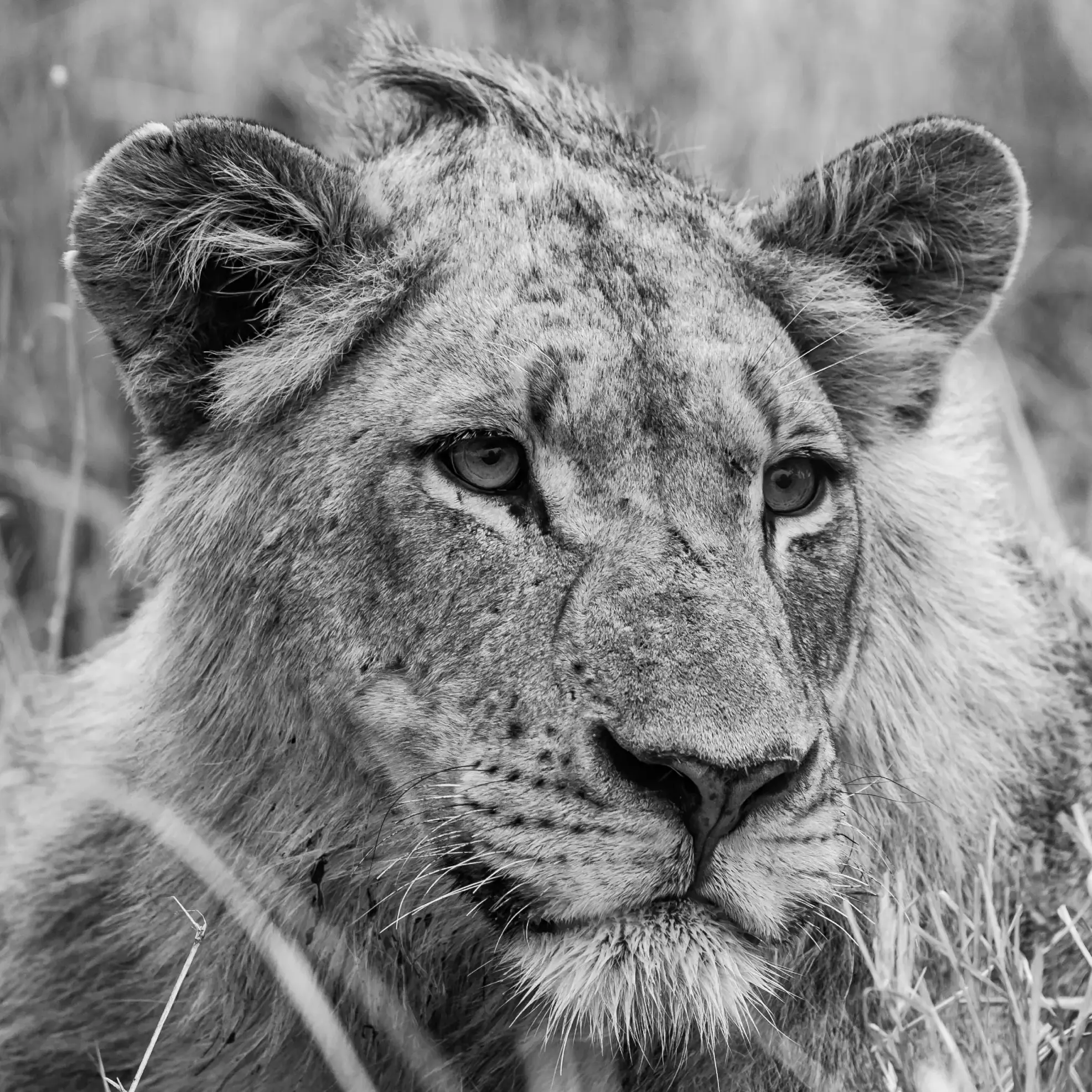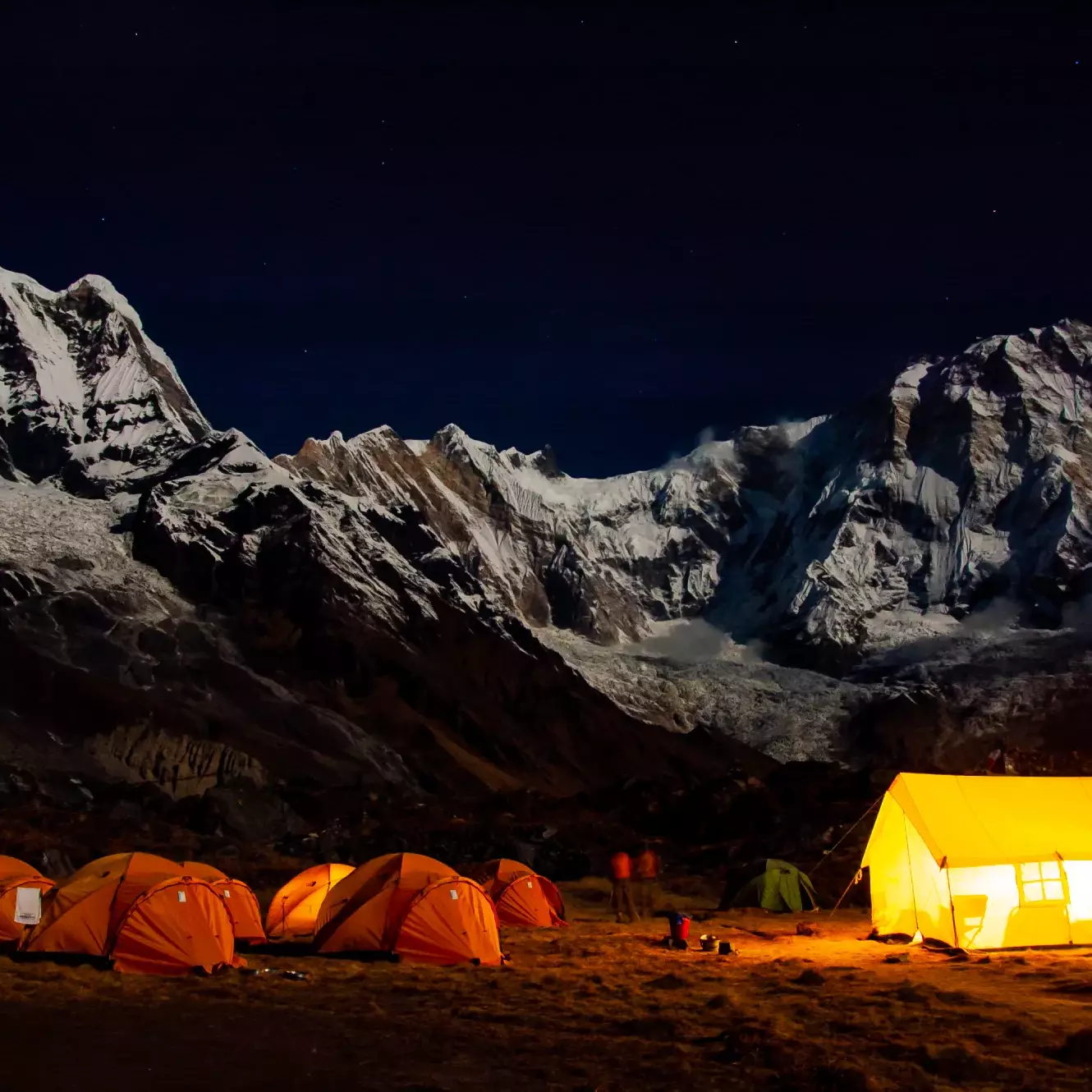The Opportunity: Snow leopards are found over a vast range of over 1.8 million square kilometers, spanning twelve countries (Afghanistan, Bhutan, China, India, Kazakhstan, Kyrgyzstan, Mongolia, Nepal, Pakistan, Russia, Tajikistan, and Uzbekistan) – a size equivalent to the states of Texas, California, Montana, and Colorado combined. In the Himalayas, snow leopards are usually found between 3,000 and 5,400 meters above sea level. In Mongolia and Russia, these cats are found at lower altitudes of 1000 meters.
Increasing threats linked to human activities and climate change have created an uncertain future for this iconic species, whose population is between 3,920 and 6,390 snow leopards left in the wild. Reliable information about the status of snow leopard populations is rare and conservation initiatives remain fragmented. Strengthened leadership capacity and cooperation between researchers, conservationists, governments, and volunteers across the snow leopard’s range will enable and demonstrate positive impact at scale. Working “systemically” at a larger landscape level to assess threats and implement practical and replicable ways to protect snow leopards and mountain ecosystems can dramatically impact the potential for success. These systems are based on individual, community, and professional leadership.
Our Partners: Over 58 organizations representing 23 countries with 65 conservation leaders have chosen to participate in the Leadership for Snow Leopard Conservation program.
Partner organizations involved in the training initiative include: Snow Leopard Network, Save the Children-China, Wildlife Conservation Society (WCS), World Wildlife Fund (WWF)-Pakistan, Bhutan – Department of Forest and Parks Services, Nepal – Environment and Protection Study Center, India – Nature Conservation Foundation, India – Wildlife Research and Conservation Foundation, Wildlife Trust of India, IUCN Commissions, University of Kashmir, Kyrgyzstan- Ilbirs Foundation, Mongolia – Snow Leopard Conservation Foundation, Karakoram International University, Baltistan Wildlife Conservation and Development Organization (BWCDO), Beijing Forestry University, and the IUCN SSC Conservation Planning Specialist Group along with dozens of other protected area specialists and government and community leaders from around the globe.
The Journey: The journey includes design and delivery of a custom 6-week leadership development program covering three core aspects of leadership at different levels of functioning: Individual Leadership, Organizational Leadership and Systems Leadership.
The Result: The Leadership for Snow Leopard Conservation program results in the development of critical leadership capacity of over 65 conservation professionals from over 58 organizations representing 23 countries. The course enhances the ability of top snow leopard experts to have greater impact in their own work and strengthened abilities to lead and manage the efforts of the organizations at the forefront of essential conservation efforts.
The program will expand the network effect of collaborative management approaches that allow the conservation of snow leopards to transcend a single institution, organization, resource, or landscape and foster collaborative projects across nations and disciplines.
Through heightened leadership abilities of over 50 conservation organizations involved in this initiative a leveraged and directed cascade effect on millions of dollars of conservation investments will establish lasting, leveraged impact for snow leopards and their habitat.
